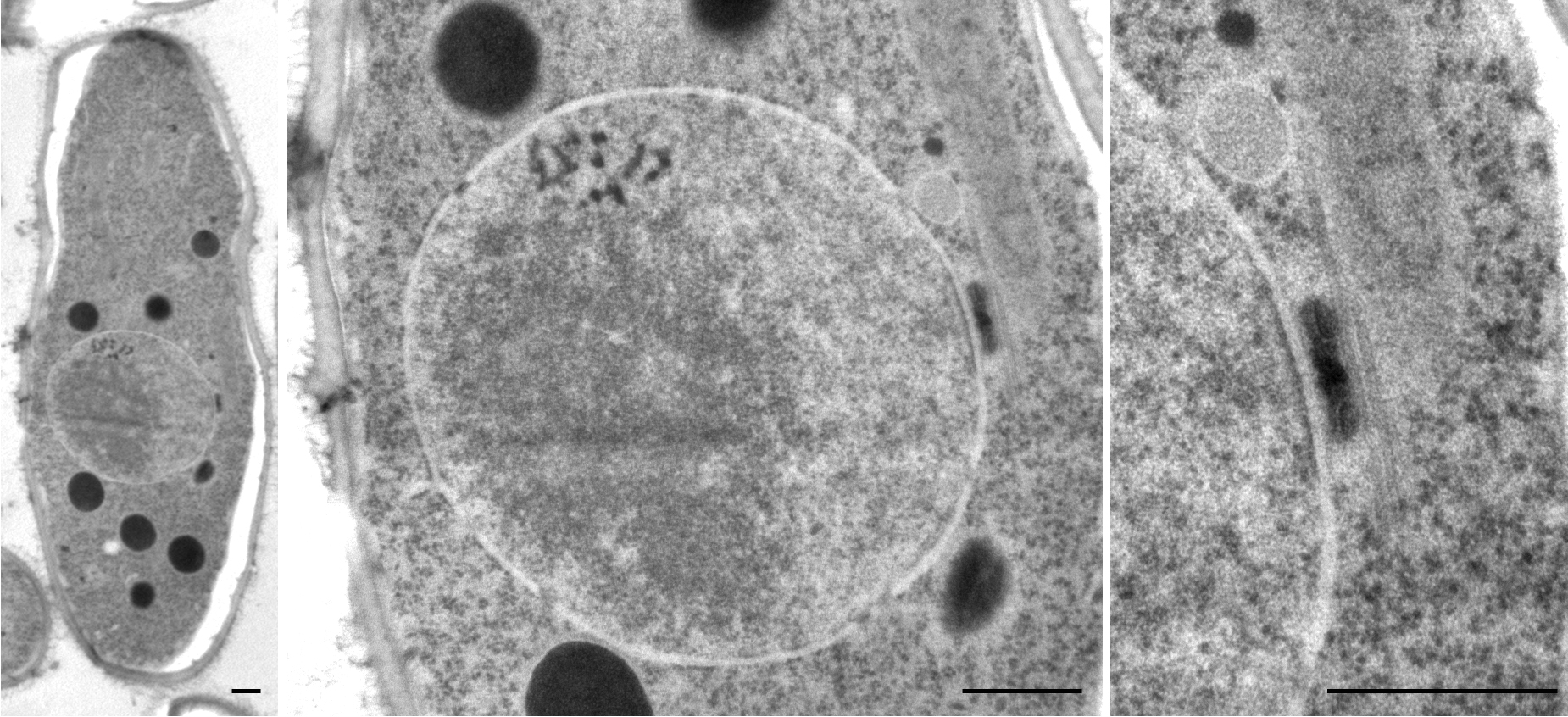|
Samp1
Samp1, is an inner nuclear membrane protein Inner nuclear membrane proteins (INM proteins) are membrane proteins that are embedded in or associated with the inner membrane of the nuclear envelope. There are about 60 INM proteins, most of which are poorly characterized with respect to stru ... in mammals. Samp1 is known to interact with SUN2 and lamin A/C, and is believed to be involved in the stabilizing of the LINC complex during cell mitosis, facilitating the anchoring to the lamina. Lamin A/C is required for samp1 presence at the inner nuclear membrane. Samp1 is homologous to the ''S. Pombe'' inner nuclear membrane protein Ima1.Joana Borrego-Pinto et al.(2012) "Samp1 is a component of TAN lines and is required for nuclear movement"Journal of Cell Science 125, 1-7 doi= 10.1242/jcs.087049 References {{Reflist Molecular biology ... [...More Info...] [...Related Items...] OR: [Wikipedia] [Google] [Baidu] |
Inner Nuclear Membrane Proteins
Inner nuclear membrane proteins (INM proteins) are membrane proteins that are embedded in or associated with the inner membrane of the nuclear envelope. There are about 60 INM proteins, most of which are poorly characterized with respect to structure and function. Among the few well-characterized INM proteins are lamin B receptor (LBR), lamina-associated polypeptide 1 (LAP1), lamina-associated polypeptide-2 (LAP2), emerin and MAN1. Common structural features Several integral nuclear membrane proteins of different size and structure have been identified. It is proposed that they share some structural features with respect to nucleoplasmic domain(s) and lipid-soluble domain(s). Some INM proteins contain common protein domain structures, and can thus be categorised into known protein domain families. These include the LEM-, SUN-, and KASH-domain families. Members of the LEM-domain family play a part in chromatin organisation . SUN- and KASH-domains participate in linking t ... [...More Info...] [...Related Items...] OR: [Wikipedia] [Google] [Baidu] |
LMNA
Pre-lamin A/C or lamin A/C is a protein that in humans is encoded by the ''LMNA'' gene. Lamin A/C belongs to the lamin family of proteins. Function In the setting of ZMPSTE24 deficiency, the final step of lamin processing does not occur, resulting in an accumulation of farnesyl-prelamin A. In Hutchinson–Gilford progeria syndrome, a 50-amino acid deletion in prelamin A (amino acids 607–656) removes the site for the second endoproteolytic cleavage. Consequently, no mature lamin A is formed, and a farnesylated mutant prelamin A (progerin) accumulates in cells. The nuclear lamina consist of a two-dimensional matrix of proteins located next to the inner nuclear membrane. The lamin family of proteins make up the matrix and are highly conserved in evolution. During mitosis, the lamina matrix is reversibly disassembled as the lamin proteins are phosphorylated. Lamin proteins are thought to be involved in nuclear stability, chromatin structure and gene expression. Vertebrate lamin ... [...More Info...] [...Related Items...] OR: [Wikipedia] [Google] [Baidu] |
Schizosaccharomyces Pombe
''Schizosaccharomyces pombe'', also called "fission yeast", is a species of yeast used in traditional brewing and as a model organism in molecular and cell biology. It is a unicellular eukaryote, whose cells are rod-shaped. Cells typically measure 3 to 4 micrometres in diameter and 7 to 14 micrometres in length. Its genome, which is approximately 14.1 million base pairs, is estimated to contain 4,970 protein-coding genes and at least 450 non-coding RNAs. These cells maintain their shape by growing exclusively through the cell tips and divide by medial fission to produce two daughter cells of equal size, which makes them a powerful tool in cell cycle research. Fission yeast was isolated in 1893 by Paul Lindner from East African millet beer. The species name ''pombe'' is the Swahili word for beer. It was first developed as an experimental model in the 1950s: by Urs Leupold for studying genetics, and by Murdoch Mitchison for studying the cell cycle. Paul Nurse, a fission yeast ... [...More Info...] [...Related Items...] OR: [Wikipedia] [Google] [Baidu] |

